 N1
N1 寸
1. Overview of MeaningThe kanji "寸" (pronounced "sun") primarily means "a small measurement" or "inch." It is often used...
 N1
N1  N5
N5 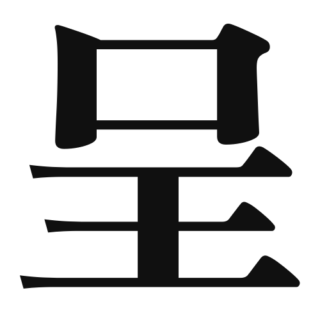 N1
N1 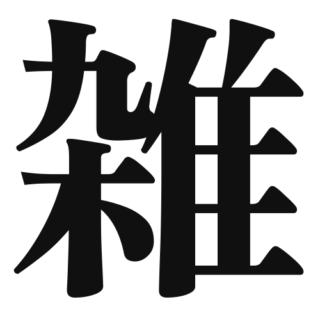 N3
N3 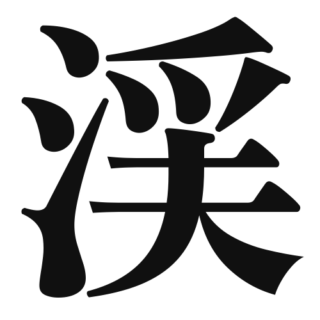 N1
N1 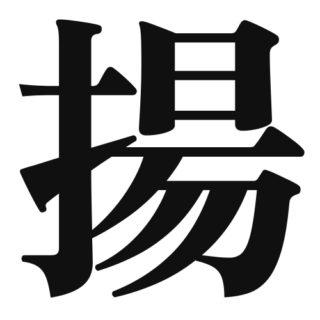 N1
N1  N3
N3 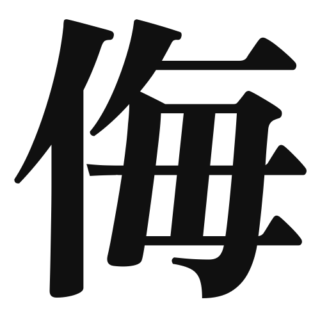 N1
N1 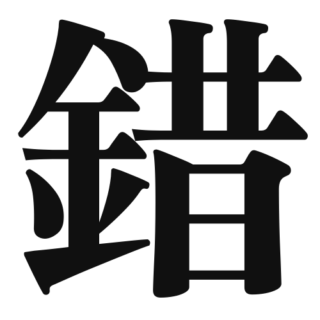 N1
N1 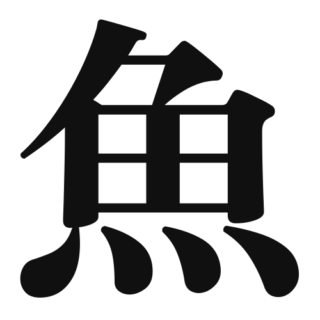 N4
N4